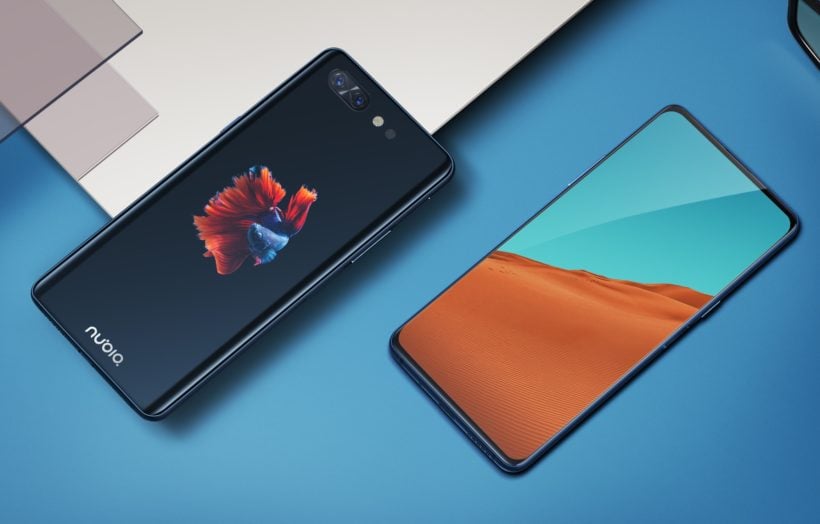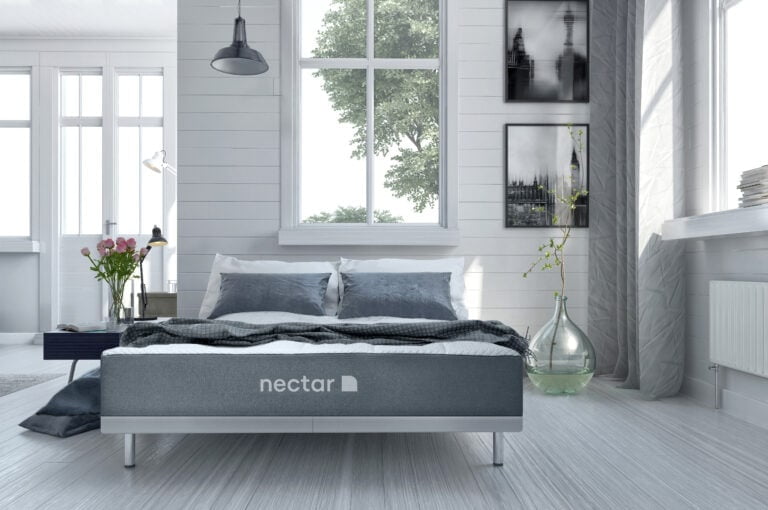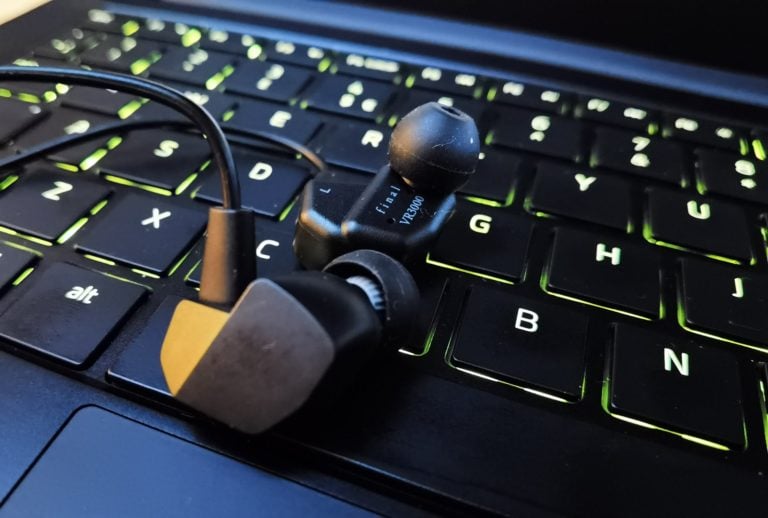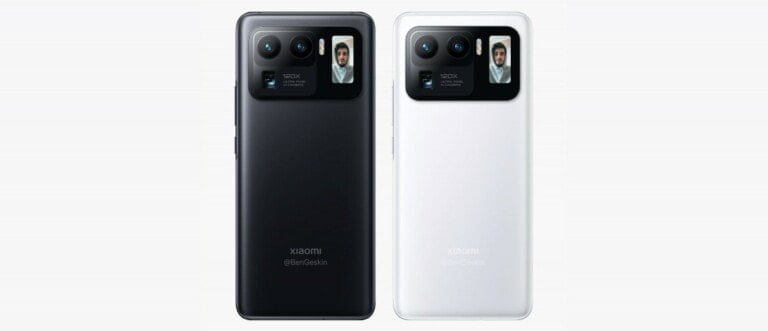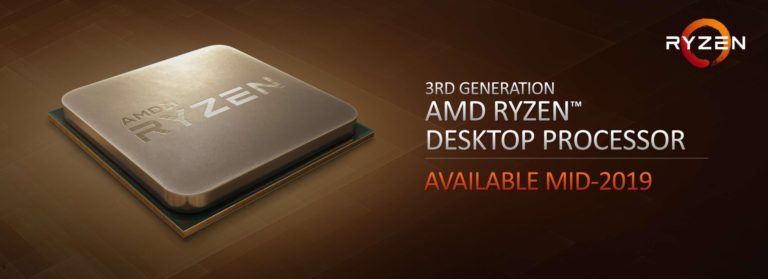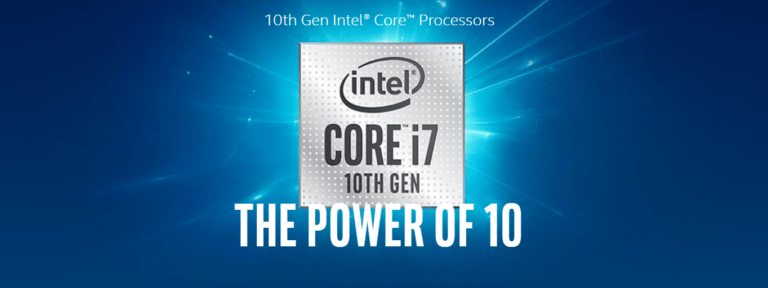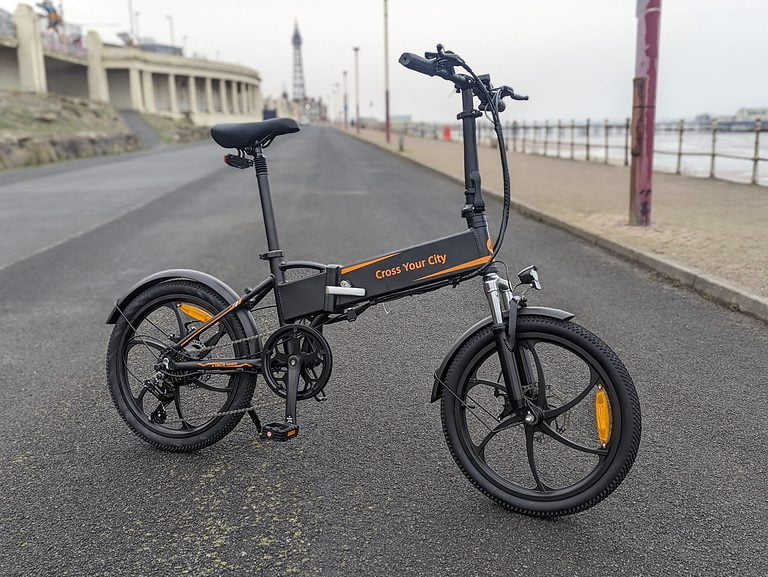Any links to online stores should be assumed to be affiliates. The company or PR agency provides all or most review samples. They have no control over my content, and I provide my honest opinion.
It has been interesting to see how the notch has become ubiquitous among many brands, especially when Apple received so much criticism when they introduced the notch in the first place. On the flip side of this, other companies have approached the problem of increasing the screen to body ratio a different way. Vivo Nex started this rebellious trend with their pop-up camera, and now multiple companies are offering alternatives to the notch, which includes the just announced Honor Magic 2 with its slider, and now the lesser known Nubia X.
The Nubia X approaches the notch problem in a completely different manner than other companies by completely eliminating the selfie camera and adding a screen to the back of the phone. This then allows the user to use the main camera for selfies.
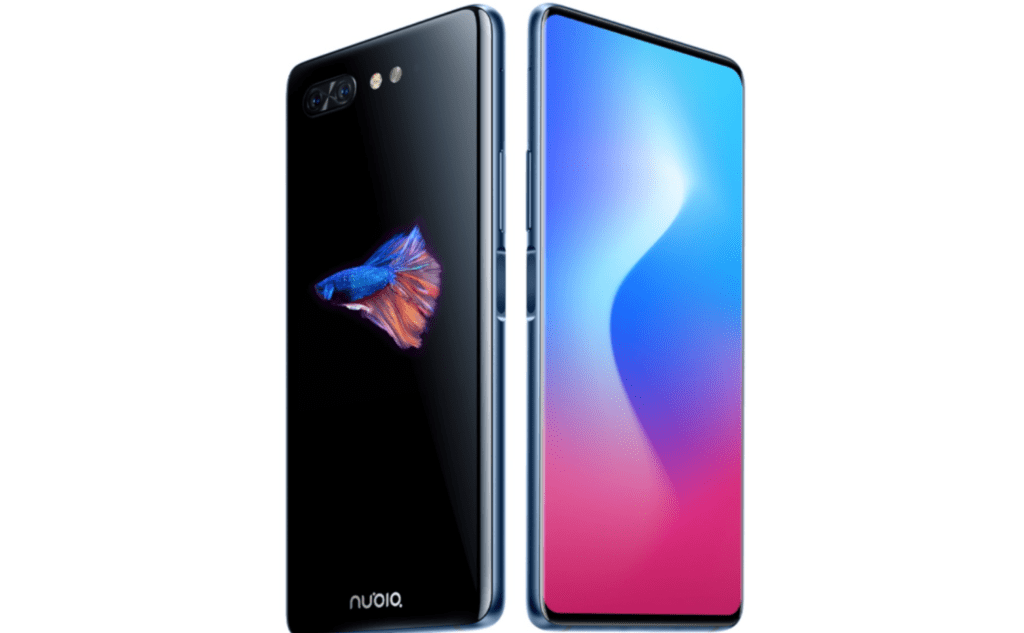
This novel approach has allowed them to achieve a 93.6% screen-to-body ratio on the primary LCD, maximizing its screen real estate while also offering a serious performance.
The two screens are naturally the key selling point of the Nubia X. The primary display is a 6.26-inch IPS LCD offering a 2280×1080 resolution, a 19:9 aspect ratio. The secondary display is a 5.1-inch OLED that has the same aspect ratio, but a 1520×720 resolution.
The secondary display blends into the aluminium body allowing you to customise it as you choose to give you a seamless screen and body.
The chassis has two side-mounted fingerprint readers, so the phone can be activated from either side.
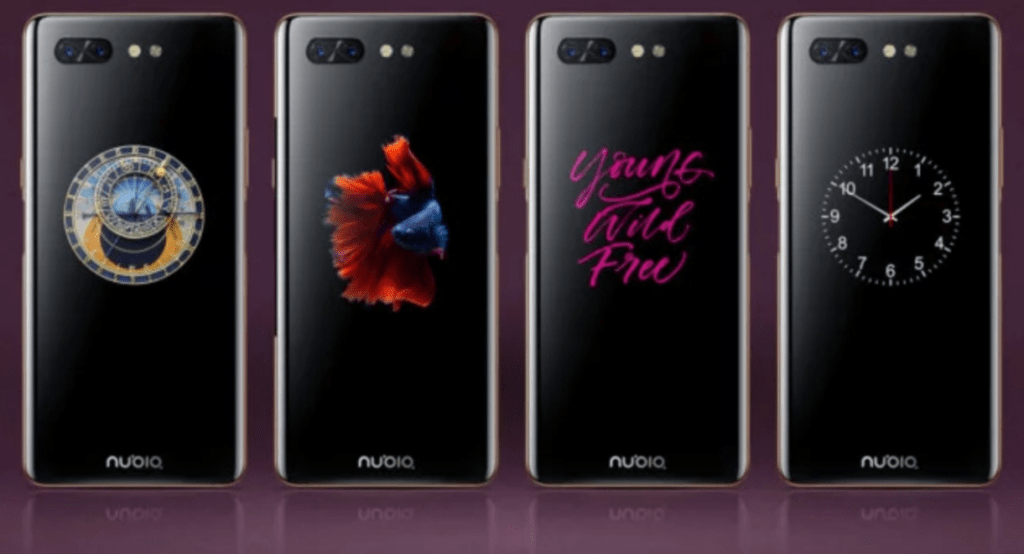
This is a flagship device and therefore uses Qualcomm’s Snapdragon 845 SoC which is then paired with 4 or 8 GB of LPDDR4X memory as well as 64 or 128 GB of storage. Nubia claims that it uses graphene layers to cool down the key electronic components of the Nubia X, similar to how Huawei are supposed to do it in their phones.
The handset is equipped with a 3,800 Li-Po battery which is on the upper end of battery capacities, but it will be interesting to see how that second screen drains the battery.
There is only the rear camera set up on this phone which includes a 24 MP sensor with an f/1.7 aperture, followed by a 16 MP sensor with a f/1.8 aperture, and a dual-LED dual-tone flash (one of the LEDs is a soft light one). This should make the phone better than average for selfies, and if they follow up with this design it would be great to see some very high-end camera sensors on the rear, considering they are saving space and money with the front sensor.
Nubia will ship the X with Google Android 8.1 OS and its own Nubia 6.0 UI.
Nubia will start sales of the X in early November in China with availability in other countries following a bit later. The version equipped with 6 GB of RAM and 64 GB of storage will cost around £365/$470 in China, the 8 GB/128GB option will be priced at approximately £465/$600.

I am James, a UK-based tech enthusiast and the Editor and Owner of Mighty Gadget, which I’ve proudly run since 2007. Passionate about all things technology, my expertise spans from computers and networking to mobile, wearables, and smart home devices.
As a fitness fanatic who loves running and cycling, I also have a keen interest in fitness-related technology, and I take every opportunity to cover this niche on my blog. My diverse interests allow me to bring a unique perspective to tech blogging, merging lifestyle, fitness, and the latest tech trends.
In my academic pursuits, I earned a BSc in Information Systems Design from UCLAN, before advancing my learning with a Master’s Degree in Computing. This advanced study also included Cisco CCNA accreditation, further demonstrating my commitment to understanding and staying ahead of the technology curve.
I’m proud to share that Vuelio has consistently ranked Mighty Gadget as one of the top technology blogs in the UK. With my dedication to technology and drive to share my insights, I aim to continue providing my readers with engaging and informative content.

